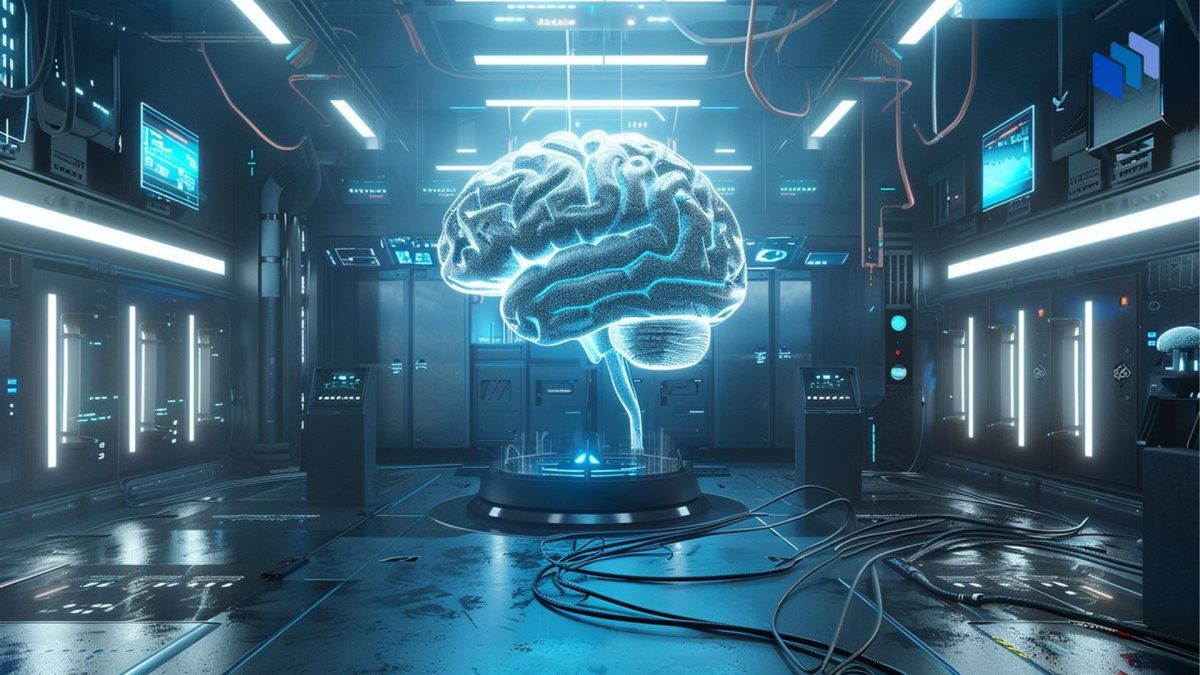While AI is proving to be a vital resource for many in this day and age, it is an atrocity for the environment. Naturally, major tech companies should be working on making the technology efficient and eco-friendly. To that effect, Intel has made a rather groundbreaking development by unveiling the largest neuromorphic system ever made.
Named “Hala Point,” this monumental innovation, initially deployed at Sandia National Laboratories, signals a significant leap forward in AI research and promises to reshape the landscape of computational efficiency and sustainability in AI.
Simply put, neuromorphic computing is a kind of computing approach that is based off of the structure and function of the human brain. A neuromorphic computer/chip is any device that uses physical artificial neurons to carry out computing functions.
At the base of Hala Point we see Intel’s Loihi 2 processor, a chip that has been designed to emulate the intricate functioning of the human brain.
This ambitious endeavour builds upon Intel’s prior achievement, the Pohoiki Springs research system, introducing architectural enhancements that tout over 10 times the neuron capacity and up to 12 times higher performance.
In a statement, Mike Davies, director of the Neuromorphic Computing Lab at Intel Labs, underscored the urgency propelling this pioneering venture: “The escalating computational demands of today’s AI models are reaching unsustainable levels. The industry is in dire need of fresh approaches capable of scaling. Hence, we conceived Hala Point, marrying deep learning efficiency with cutting-edge brain-inspired learning and optimization capabilities.”
Impact Shorts
More ShortsWhat distinguishes Hala Point is its remarkable ability to achieve unparalleled computational efficiencies, surpassing 15 trillion 8-bit operations per second per watt (TOPS/W) while executing conventional deep neural networks.
This level of efficiency not only rivals but exceeds architectures reliant on graphics processing units (GPU) and central processing units (CPU), marking a significant milestone in AI hardware development.
The implications of Hala Point’s capabilities are extensive. From facilitating real-time continuous learning for AI applications to tackling scientific and engineering challenges, optimizing logistics, managing smart city infrastructures, and empowering large language models (LLMs), its potential applications span a myriad of fields.
Craig Vineyard, Hala Point Team Lead at Sandia National Laboratories, emphasized the impact of this advancement on research endeavours: “Leveraging Hala Point enhances our Sandia team’s capability to address computational and scientific modelling challenges. Conducting research with a system of this magnitude enables us to stay ahead of AI’s evolution across various domains, from commercial ventures to defence initiatives to fundamental scientific inquiry.”
Though currently in its nascent stages as a research prototype, Hala Point lays the groundwork for practical advancements that could revolutionize AI deployment.
By enabling LLMs to continuously learn from new data, the system offers a promising solution to alleviate the unsustainable training burden associated with widespread AI implementations.


)

)
)
)
)
)
)
)
)



